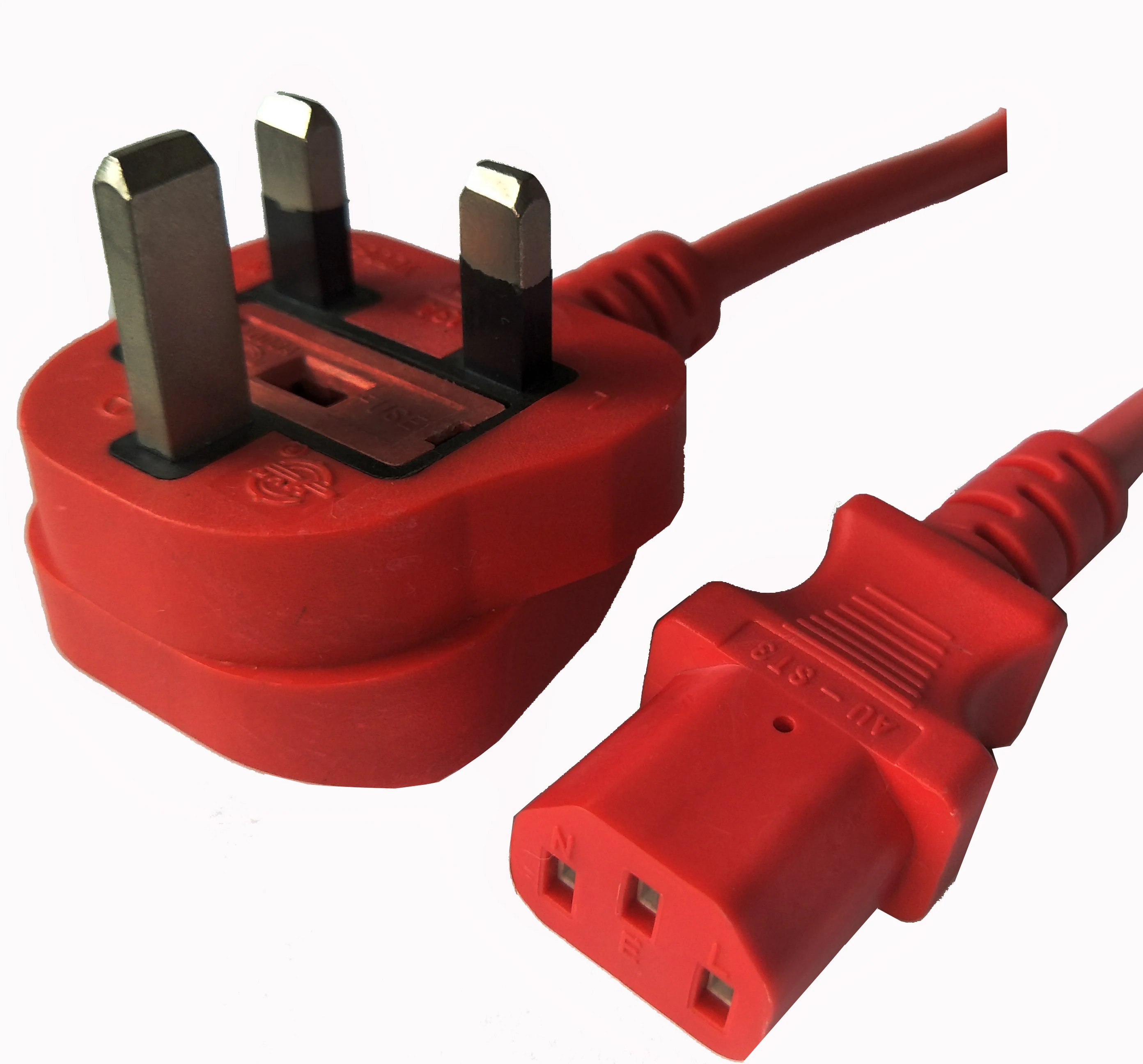Before performing your PAT electrical test, the tester will examine the nameplate of the device to identify its class, watts and voltage. If, during your PAT electrical test, no nameplate is found on the device, it will be eliminated.
The class of a device can be identified by a symbol on the nameplate. A Class II device will have a double box symbol, while a Class I device will display no symbol. It is important to check this before a PAT electrical test.
Class I
devices tend to have large areas of exposed metal, such as an electrical fire or a PC. A PAT electrical test for any Class I device with exposed metal is very important because the metal is connected to the ground pin of the power plug. However, in some cases, Class I devices have no metal on the outside, but like any other device, an electrical PAT test should always be performed.

Class II
devices have two layers of insulation to protect anyone who uses it from electric shock. Class II devices are items such as hand drills or hair dryers.
Some devices are more hazardous than others and will require a PAT electrical test more frequently than others. Although all portable devices are included in a PAT electrical test, the tests can be classified into different types based on the ease of movement of the device.

The standard categories for a PAT electrical test are:
- Stationary
- Mobile
- Portable
During an electrical PAT test, these categories determine the danger that the device can present. Stationary devices will not be moved, which means that the cable is less likely to be damaged and to present a danger. However, portable equipment is more likely to be damaged as it is more likely to fall or the cable could be constantly rubbed against something, which would cause a PAT electrical test to fail. Home
No comments:
Post a Comment